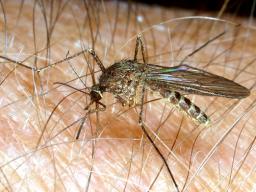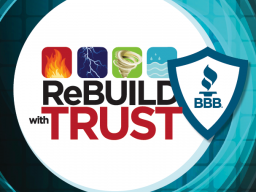 Here are some tips on engaging with your community after a disaster. Continue reading…
Here are some tips on engaging with your community after a disaster. Continue reading…
A reminder that the Extension administration cost object for flood response and recovery efforts continues to be available. Continue reading…
 Here are a couple of resources to help homeowners affected. Continue reading…
Here are a couple of resources to help homeowners affected. Continue reading…
 West Nile Virus (WNV) is spread by the Culex mosquito species, which are
West Nile Virus (WNV) is spread by the Culex mosquito species, which are
common blood feeders in the Midwest. Their
populations and incidence of WNV are
at peak levels during fall months.
Two things that lead to high incidents of
WNV include higher-than-normal temperatures, high rainfall. Continue reading…
More details at: http://lancaster.unl.edu/pest
 How long will corn and soybean survive in standing water and how does air temperature affect response? What does this mean for the rest of the growing season? Continue reading…
How long will corn and soybean survive in standing water and how does air temperature affect response? What does this mean for the rest of the growing season? Continue reading…
More details at: https://cropwatch.unl.edu/2019/crop-impacts-mid-season-flooding
 Producers, consultants, and agronomists should be alert to the potential for increased disease pressure in fields that experienced flooding in March or more recently. Here are some of the diseases you're most likely to see.
Producers, consultants, and agronomists should be alert to the potential for increased disease pressure in fields that experienced flooding in March or more recently. Here are some of the diseases you're most likely to see.
Continue reading…
More details at: https://cropwatch.unl.edu/2019/diseases-watch-flooded-crops
 When looking for contractors to make damage repairs, working with insurance adjusters, seeking aid from charities or making charitable donations to help the survivors, Better Business Bureau® recommends that homeowners, businesses and donors start their search with BBB® and Start With Trust®. Continue reading…
When looking for contractors to make damage repairs, working with insurance adjusters, seeking aid from charities or making charitable donations to help the survivors, Better Business Bureau® recommends that homeowners, businesses and donors start their search with BBB® and Start With Trust®. Continue reading…
More details at: http://www.bureaunews.org/disaster_landing.html
 Here are some tips on engaging with your community after a disaster. Continue reading…
Here are some tips on engaging with your community after a disaster. Continue reading…